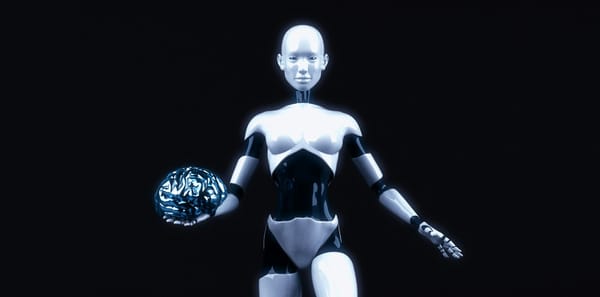AI and Machine Learning in HR Transforming the Industry
The industry is undergoing a change as Artificial Intelligence (AI) and Machine Learning (ML) are integrated with Human Resources (HR). Traditional HR practices are changing as a result of this technological progress, which is making procedures more strategic, predictive, and efficient. Let's examine the ways that AI and ML are changing HR roles.
Recruiting & Talent Acquisition
Automated Selection of Candidates: AI systems are able to swiftly search through a lot of resumes and find applicants that most closely fit the job specifications.
Using Predictive Analytics in Hiring: By using past data, machine learning models can forecast a candidate's chances of succeeding in a position, increasing the caliber of hiring.
Improved Workplace Environment
Individualized Onboarding of Employees: AI-driven systems can provide new hires with individualized onboarding experiences that are catered to their individual responsibilities and requirements.
AI-Powered HR Helpers: Chatbots and virtual assistants can respond to employee inquiries instantly, enhancing engagement and communication.
Management of Performance
Analysis of Predictive Performance: AI and ML are capable of analyzing a variety of data sources to forecast future performance patterns and offer insights into employee performance.
Customized Education and Training: Based on an employee's performance and desired career path, AI can provide personalized training and development plans.
Engagement and Retention of Employees
Emotional Analysis: Artificial intelligence (AI) systems can evaluate employee opinions and input, assisting HR in determining employee satisfaction levels and spotting possible problems.
Turnover Forecast: By using machine learning algorithms to forecast employee attrition, HR can proactively put retention tactics into place.
Data-Based HR Decision Making
Higher Level Analytics: HR departments can gain insights that guide strategic decision-making by using AI and ML to evaluate large datasets.
Personnel Scheduling: Predictive analytics can help with workforce planning by foreseeing future shortages and needs in personnel.
Inclusion and Diversity
Reducing Bias in Hiring: By emphasizing experience and talents above demographic traits, AI algorithms can aid in the reduction of unconscious bias in hiring practices.
Analytics for Diversity: AI can monitor and report on diversity data, which can help employers create more welcoming workplace regulations.
Difficulties and Ethical Issues
AI Use in Ethics: Ensuring the moral application of AI in HR, paying special attention to bias in AI algorithms and data privacy.
Adoption of Technology: Overcoming the difficulties in incorporating AI and ML technology into current HR procedures and systems.
Future Developments
Ongoing Education and Adjustment: AI and ML systems will advance in their ability to handle HR jobs as they continue to learn and adapt.
Combining One Technology with Another: In the future, AI may be more thoroughly integrated into HR along with other cutting-edge technologies like blockchain and the Internet of Things (IoT).
A Brand-New HR Era
HR is entering a new era defined by increased efficiency, strategic insights, and improved employee experiences with the deployment of AI and machine learning. As these technologies advance, they have the potential to significantly change HR procedures by making them more predictive, data-driven, and in line with overarching business objectives. Using AI and ML in HR is about envisioning the future of work and workforce management, not just about keeping up with the latest technological developments.




